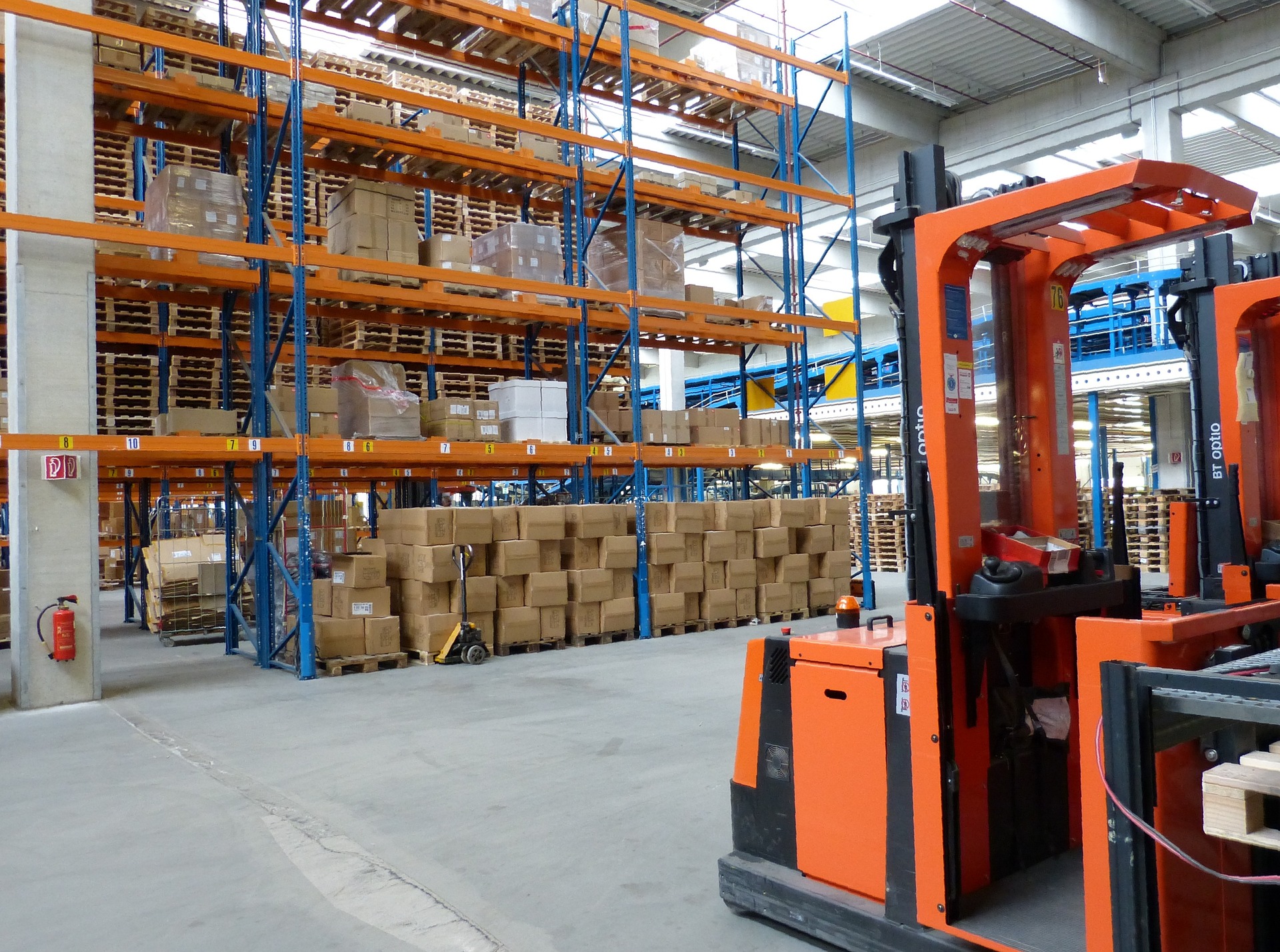Packaging Careers: A Practical Guide to Packing Jobs
Explore practical career paths in the packaging industry, from entry-level packer roles to supervisory positions. Learn required skills, typical work settings, pay ranges, and how to advance as e-commerce and global trade expand demand. This guide highlights opportunities, training options, and the technical skills that boost long-term job security in warehouses, manufacturing, and food packaging environments.
Required Skills and Qualifications
Most packing roles are accessible without advanced degrees, though a high school diploma or equivalent is commonly requested. Key attributes employers seek include physical endurance, careful attention to detail, and basic arithmetic for counting, weighing, and labeling. Punctuality, dependable attendance, and the ability to work well within teams are highly prized. Familiarity with workplace safety rules and the willingness to follow standard operating procedures are essential for minimizing errors and preventing injuries.
Certain positions demand additional credentials. For example, jobs in food packaging often require food-handling certification, while roles that deal with chemicals or other risky materials may call for hazardous materials training. Employers may also value forklift or equipment operation certificates for workers expected to use mechanized handling tools.
Work Environment and Conditions
Packing jobs are most commonly found in warehouses, distribution centers, and manufacturing plants. Expect to spend substantial portions of a shift on your feet, lifting packages or organizing cartons. The work can be physically active, and shifts may include evenings, nights, or weekends depending on production schedules and seasonal demand.
Many facilities are climate-controlled, offering stable indoor conditions year-round. However, food processing and cold-chain operations can require employees to work in refrigerated or variable-temperature zones. Workers should be prepared to operate packaging machinery, handheld scanners, and basic inventory software while adhering to hygiene and safety standards.
Salary and Benefits Information
Starting pay for entry-level packers often aligns with minimum wage or slightly above, while experienced team members and those with specialized skills can earn more. Moving into supervisory or lead roles typically results in noticeable pay increases and expanded benefits.
| Position Level | Average Annual Salary | Common Benefits |
|---|---|---|
| Entry-Level Packer | $24,000 - $28,000 | Basic health insurance, paid time off |
| Experienced Packer | $28,000 - $35,000 | Full benefits package, 401(k) |
| Lead Packer | $35,000 - $45,000 | Additional benefits, performance bonuses |
| Packaging Supervisor | $45,000 - $60,000 | Comprehensive benefits, management bonuses |
Prices, rates, or cost estimates mentioned in this article are based on the latest available information but may change over time. Independent research is advised before making financial decisions.
Career Advancement Opportunities
A career in packing can lead to several upward paths. Many people start as general packers and progress into lead roles overseeing small teams, then move into supervisory or floor-management positions. Specializing is another route: workers can shift into quality control, packaging design support, inventory coordination, or shipping and receiving.
Pursuing additional training increases promotional prospects. Certificates or courses in logistics, supply chain management, or equipment maintenance can open doors to higher-paying positions. Familiarity with barcode systems, warehouse management software, and basic troubleshooting of packaging machinery makes candidates more valuable and more likely to be promoted.
Industry Outlook and Job Security
Demand for packers is being driven by sustained growth in e-commerce, broader global trade, and consumer expectations for quick turnaround and careful packaging. Businesses across retail, food production, pharmaceuticals, and manufacturing require reliable teams to prepare and ship products, which supports steady hiring in many regions.
At the same time, automation is reshaping the industry. Conveyor systems, robotic case packers, and automated sorting lines reduce the need for some manual tasks. However, rather than eliminating opportunities entirely, automation is shifting the skill set employers need. Workers who acquire technical abilities—such as operating, monitoring, and performing routine maintenance on machinery—position themselves favorably for long-term employment.
Understanding inventory systems, learning to work alongside automated equipment, and developing problem-solving skills will help workers stay competitive. Companies often prefer employees who can adapt to changing procedures, contribute to continuous-improvement initiatives, and help train others on new systems.
Practical Tips for Job Seekers
- Highlight physical reliability and attendance records on applications and resumes.
- List certifications (e.g., food handling, forklift operation) and any experience with warehouse software or scanning devices.
- Emphasize teamwork, safety awareness, and attention to detail during interviews.
- Consider short courses in logistics or equipment maintenance to improve promotion prospects.
- Be open to varied shifts or seasonal work to gain experience and demonstrate flexibility.
Final Thoughts
Packing jobs provide a practical entry point into supply chain and manufacturing careers. With minimal entry barriers and clear advancement pathways, these roles can lead to supervisory positions or specialized technical roles within logistics operations. The sector’s growth—fueled by e-commerce and global distribution—means ongoing opportunities, particularly for workers who embrace training and adapt to automated systems. Developing technical competencies, safety-conscious habits, and a strong work ethic will keep you well-positioned for a durable career in packaging.







